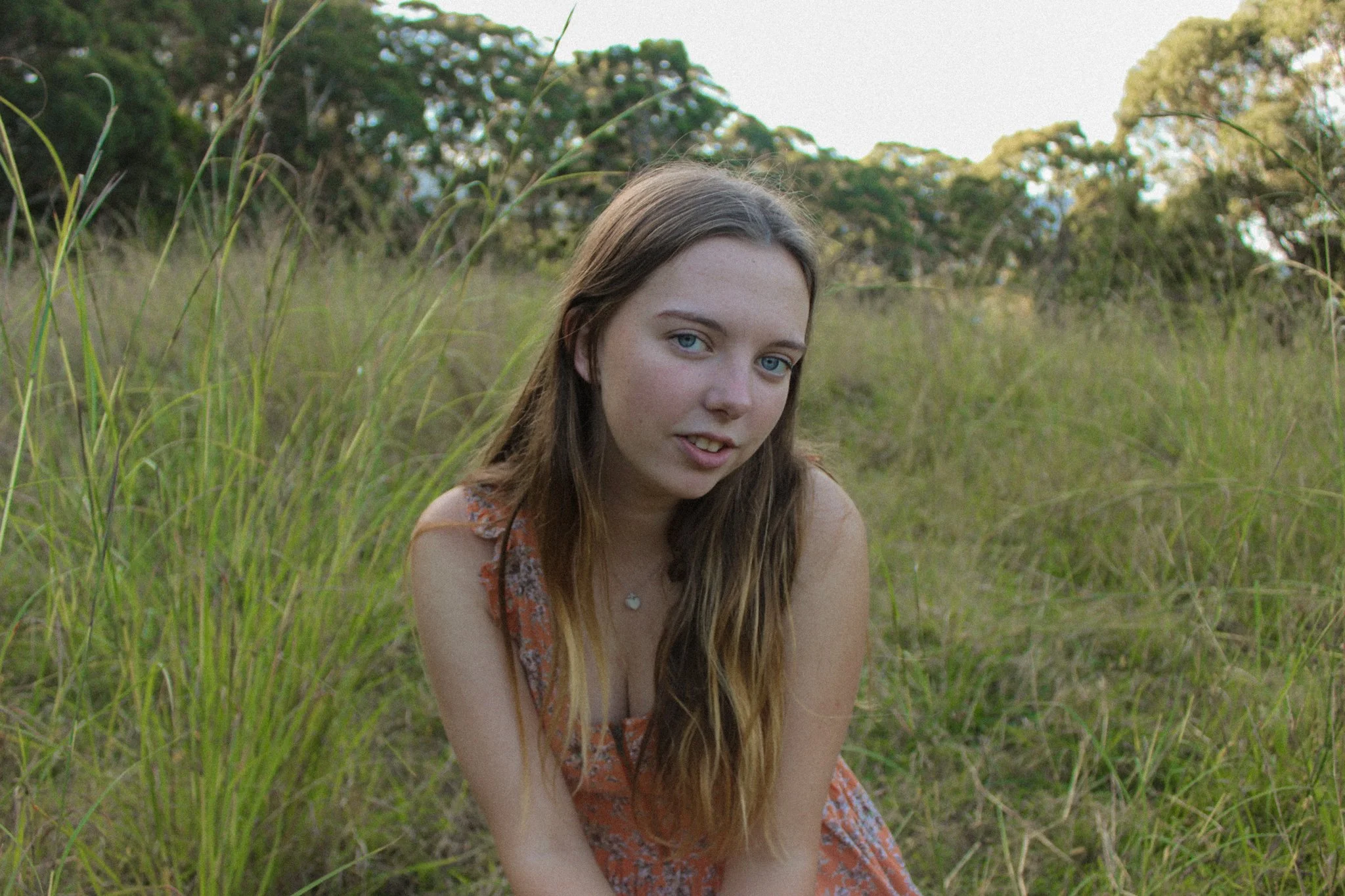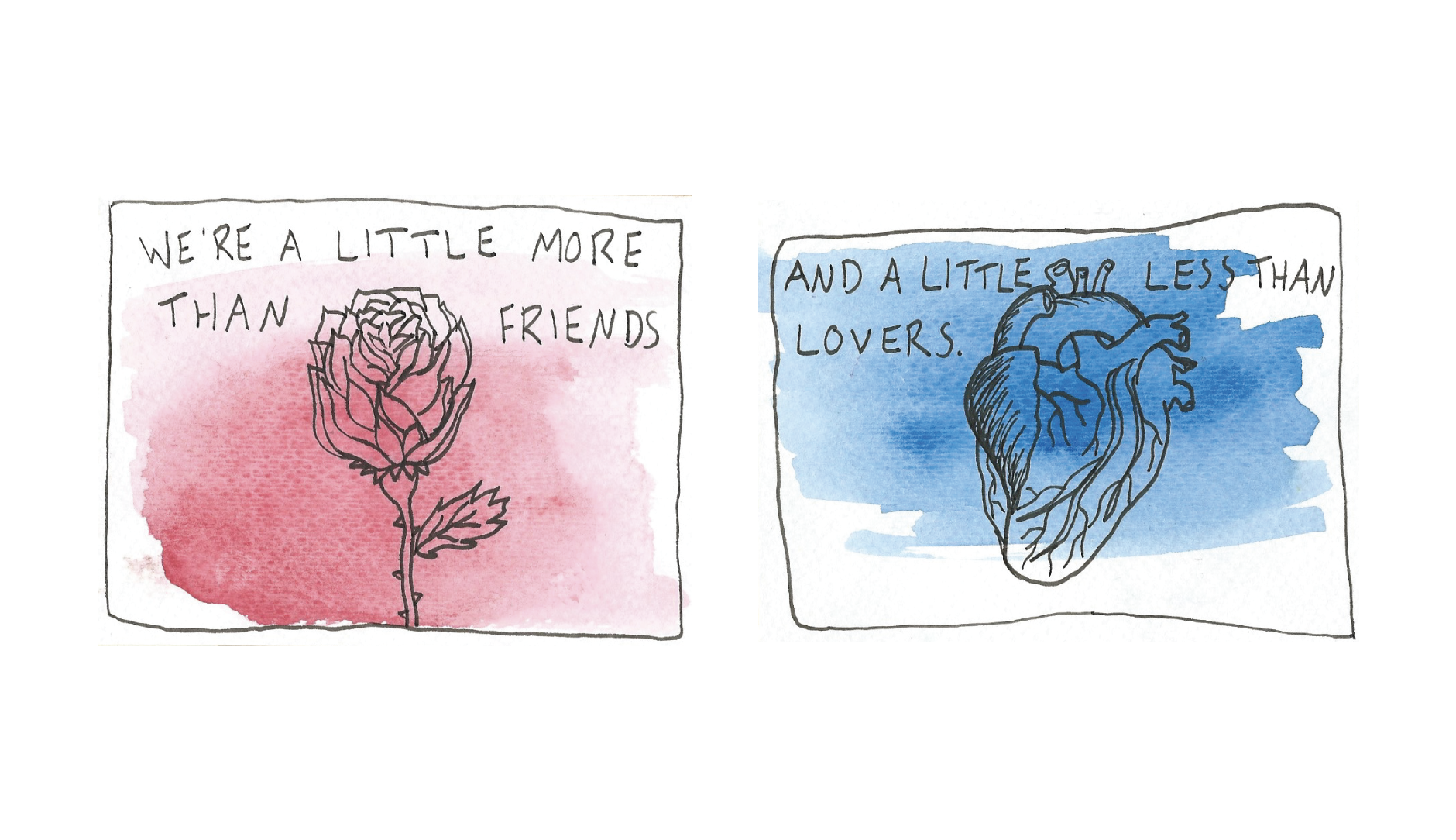An Afternoon with Sophie Miller
Sophie is a talented writer and illustrator from Bulli. Her ability to draw, paint, carve and write is seen in throughout the pages of her journals and zines – A place to vent her passion, misery, or hope.
Could you tell us bit about yourself?
My name is Sophie Miller, I grew up around St Kilda in Melbourne with my parents and younger brother, before we all moved to the South Coast. I believe that experiencing so much change just before I started high school really cemented my love of writing and art as it was a way interpreting my life, a way of cutting it up into bite size pieces that were a bit easier to manage.
Three words to describe yourself?
Passionate. Thoughtful. Thunderous.
Why do you think journaling is such an important aspect of personal expression or understanding?
For me, journaling is as necessary as breathing. I fill at least three journals a year and I think I’m so drawn to it as an art form because it’s so unstructured, there’s no rules. My journals are simply a collection of paper filled with sprawling written thoughts, poetry, fiction, sketches, paintings and collages. For me, there is nothing more fulfilling than being able to see your own growth tucked neatly along a bookshelf.
How does Illustration extend your voice as a writer?
Sometimes I begin with a phrase, or a fragment of a poem and it develops as I put the journal spread together; combinations of collages, drawings and watercolours. Other times it’s the illustration that sparks the story, or allows me to put what I’m feeling into words. For me, journaling is not a conscious process. It’s a book of drafts, completely unedited, completely absent of any planning other than a hit of inspiration and it became my preferred method once I discovered that was how I was going to learn the most about myself as an artist.
Why do you create zines?
Would you say the creation of your zines is a snapshot of what’s inside your journals? For me, the journal is the artwork. However, I do not want to be influenced by perceiving any kind of future audience other than myself. However, zines allowed me to share selected snapshots of what’s inside those pages, and that’s more than enough for now.
Zines take the same direction of the journals in that they allow the creator complete freedom! I’ve created zines filled with lino prints, cartoons, paintings, sketches, poetry or even just photos of my friends. The subject and form can be experimental or traditional. They can be created in two minutes or two months. Best of all, if you have access to a printer, or even just paper, they can cost next to nothing to reproduce and share.
How would you describe your voice as a writer?
Chocolate strawberries and suburbia. And girls, always girls. My voice as a writer definitely tends to contrast the soft, feminine with the grunge of cityscapes or the griminess and awkwardness of youth. Considering the details of the not-so-beautiful in uncomfortably harsh lighting. My writing has been described by my peers as ‘quietly devastating’ as my readers feel nostalgic for experiences that aren’t their own.
How do you think growing up in Melbourne has influenced your creative process? Do you find Wollongong has inspired you or your creative works?
Moving to Wollongong definitely broadened my horizons in the best way possible. It allowed me to appreciate what I missed about the city I’d called home for so long, but also allowed me to discover a new city with fresh eyes. I became inspired by the escarpment and the beaches. I was filled with awe for the new adventures I was having such as camping trips and beach fires as well as the newfound sense of community. These experiences all seemed like something out of a film as they were so different from the city I’d grown up in, and I felt driven to document them and hold them up to the light to check their authenticity as if I couldn’t believe it was really my new life. So I wrote it all out. Poems, prose, short stories. I joined the South Coast Young Writers Group and my desire to write not only for myself, but for others began to expand once I realised other people were able to connect with what I was putting on the page.
How would your poetry taste, look or feel?
It’s the feeling of flipping through someone else’s photo albums. It feels like laughing that is breathless and frantic, crying that is breathless and frantic and all the moments in between. It looks like a girl, standing on the train platform in 5’oclock evening light during daylight savings. I’d like to think that it would taste like Turkish delight, wrapped in pink and gold foil.


